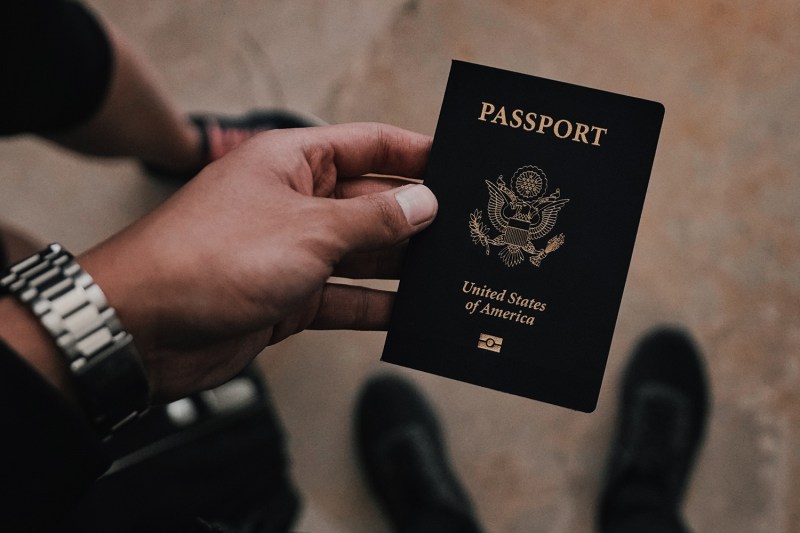
By this time next year, some U.S. citizens will need a passport or other form of identification to fly domestically. It’s all part of the REAL ID plan that’s been more than a decade in the making. While the Department of Homeland Security and Transportation Security Administration have delayed the plan’s rollout several times, come the fall of 2020, air travelers will have no excuse.
It’s been more than ten years since the 9/11 Commission delivered its recommendation that the federal government “set standards for the issuance of sources of identification, such as driver’s licenses.” To make ID requirements consistent from state to state, Congress passed the REAL ID act in 2005 with these new standards in mind. Enforcement was subsequently delayed in 2007 and then again in 2011. The phased plan launched in 2014 and 2015, but the final phase of requirements related to air travel is now officially scheduled for October 2020.
What happens then? According to the TSA website, “Every air traveler 18 years of age and older will need a REAL ID-compliant driver’s license or another acceptable form of ID to fly within the United States.” The look of these new IDs varies somewhat by state, although most have a star somewhere in the upper corner of the card. Passengers without this will need to produce a passport, passport card, military ID, Global Entry card, or other compliant form of identification.
Some privacy advocates contend the REAL ID program is an excuse for the federal government to build a database of identifying information about U.S. citizens. The Department of Homeland Security expressly denies this on its website: “REAL ID is a national set of standards, not a national identification card. Each jurisdiction continues to issue its own unique license, maintains its own records, and controls who gets access to those records and under what circumstances. The purpose of REAL ID is to make our identity documents more consistent and secure.”
Nationwide enforcement of the new REAL ID requirements goes into effect on October 1, 2020. By then, every U.S. state and territory must be issuing REAL ID-compliant identifications. The DHS is confident all are on track to meet the deadline. U.S. residents can acquire a compliant ID by applying in person at their state’s driver’s license agency. If you need an upgraded ID, don’t wait until the last minute. State officials are already warning of extended wait times and longer lines ahead of the new REAL ID rollout.


